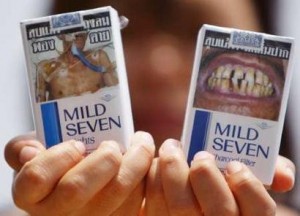
Anti-tobacco activist Patrick Reynolds’ concept drawing of “Buck Dromedarian,” the “Deep Space Camel” character, from his pitch to the R.J. Reynolds Tobacco Company.
On November 2, 1995 prominent anti-tobacco activist Patrick Cleveland Reynolds, the grandson of Richard Joshua Reynolds, Jr. (founder of the R.J. Reynolds Tobacco Company) presented this creative but shockingly misguided public relations proposal to the R.J. Reynolds Tobacco Company (RJR) as a way to help the cigarette maker build goodwill with the public while presumably padding his own pocket. The proposal, which Patrick eponymously titled “Project PR,” suggested that RJR use a set of cartoon characters that Patrick had created to teach kids not to smoke. The characters, “Buck Dromedarian and the Deep Space Camels” were half-human, half-camel space aliens who hailed from the planet Dromedarius in the galaxy Humpus. Patrick helpfully suggested that, if RJR desired, Buck could even interact with RJR’s Joe Camel character in ads promoting the cartoons. Patrick suggested RJR license his characters for use on products that would appeal to children, like toys, music videos, trading cards, stuffed animals, T-shirts, video games, films, a TV series and live appearances. Patrick even proposed that RJR send him (yes, himself, Patrick) on a world tour featuring himself in live appearances at shopping malls and schools in the U.S., Europe and the Far East. Patrick further proposed that he himself be featured in the cartoon, interacting with his space camels.
On page 13 of the proposal to RJR Patrick helpfully suggested (in the third person voice):
“Tobacco executives will not be portrayed as bad guys; if RJR prefers, those characters could be omitted from the script. Patrick Reynolds would, given his preferences, like to put some blame in the stories on the world’s politicians for failing to stop kids from buying cigarettes. In this way, blame could be deflected to where it really belongs…”
and
“…The more open the RJR team can be, the more popular Buck comics and TV series will of course be with teens — and the more RJR will be trusted and liked as the ‘good’ tobacco company…”

Patrick Reynolds
Patrick presented this dubious proposal in person to Guy Blynn, RJR’s Vice President & Deputy General Counsel. Handwritten notes on the first page, presumably by Blynn, say “Seed money: $250,000,” “Target age group? and “People in health community … think a good idea?”
This is an example of how a well-meaning but unsophisticated tobacco control advocate, acting in isolation, can over-reach.
The entire text of the proposal makes for quite entertaining reading.
Source: The Works: Project PR, by Patrick Reynolds, November 2, 1995 from the Legacy Tobacco Documents Library
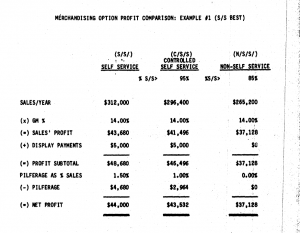




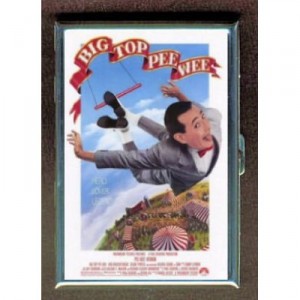


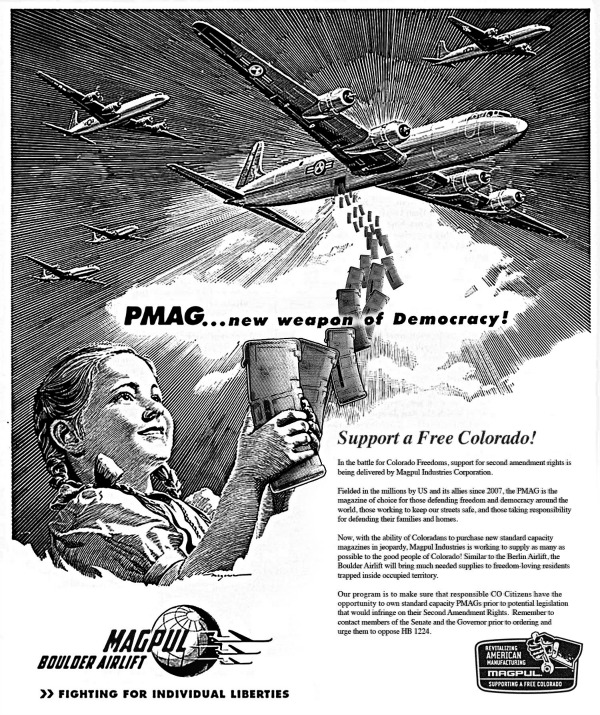



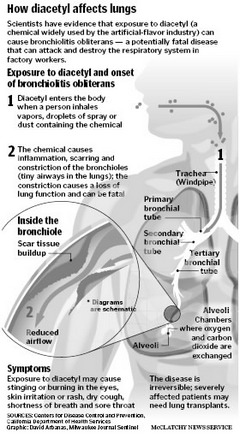 A chemical flavoring used to create that delicious, buttery flavor in microwave popcorn, when heated, can cause a life-threatening, irreversible obstructive lung disease called bronchiolitis obliterates. The chemical, called diacetyl, was first found make popcorn manufacturing workers sick in 1985, after two workers employed in a factory where the flavoring was used developed a rare lung disease. The National Institute of Occupational Safety and Health (NIOSH), tested the air in the employees’ workplace, found a high concentration of diacetyl, and confirmed a link between workers’ exposure to the chemical and their reduced lung function. Since then, hundreds of workers have reported becoming sick after working around the chemical. According to NIOSH, diacetyl is used extensively in the flavoring and food manufacturing industries. Diacetyl doesn’t just affect factory workers, either. Wayne Watson of Denver, Colorado, ate two bags of microwave popcorn every day for ten years and developed the lung disease now known as “popcorn lung.” In September, 2012, he was
A chemical flavoring used to create that delicious, buttery flavor in microwave popcorn, when heated, can cause a life-threatening, irreversible obstructive lung disease called bronchiolitis obliterates. The chemical, called diacetyl, was first found make popcorn manufacturing workers sick in 1985, after two workers employed in a factory where the flavoring was used developed a rare lung disease. The National Institute of Occupational Safety and Health (NIOSH), tested the air in the employees’ workplace, found a high concentration of diacetyl, and confirmed a link between workers’ exposure to the chemical and their reduced lung function. Since then, hundreds of workers have reported becoming sick after working around the chemical. According to NIOSH, diacetyl is used extensively in the flavoring and food manufacturing industries. Diacetyl doesn’t just affect factory workers, either. Wayne Watson of Denver, Colorado, ate two bags of microwave popcorn every day for ten years and developed the lung disease now known as “popcorn lung.” In September, 2012, he was  The U.S. government has invested billions to determine the causes behind traffic fatalities and used that information to make policies that have markedly reduce traffic deaths in the United States. Government research on traffic safety has led to the widespread use of seat belts, front and side impact air bags, child safety seats and other advances that have greatly advanced road safety and reduced vehicular deaths for Americans. The number of deaths annually from firearms in the U.S. closely approximates the number of traffic fatalities — roughly 30,000 deaths per year from each. Yet there has been little research into, or advances made in reducing gun deaths. Why? Because the National Rifle Association (NRA) has long worked behind the scenes to block laws allowing the collection and dissemination of data about the impact of gun ownership on Americans’ safety. The NRA quietly pushed a provision that was inserted into the Affordable Care Act (“Obamacare”) restricting the data doctors can collect from their patients about their ownership and use of firearms. From 1986 and 1996, the U.S. Centers for Disease Control conducted peer-reviewed research into the impact of the presence of guns in people’s homes. While there is a widespread belief among gun owners that the presence of guns in their homes makes them safer, the CDC
The U.S. government has invested billions to determine the causes behind traffic fatalities and used that information to make policies that have markedly reduce traffic deaths in the United States. Government research on traffic safety has led to the widespread use of seat belts, front and side impact air bags, child safety seats and other advances that have greatly advanced road safety and reduced vehicular deaths for Americans. The number of deaths annually from firearms in the U.S. closely approximates the number of traffic fatalities — roughly 30,000 deaths per year from each. Yet there has been little research into, or advances made in reducing gun deaths. Why? Because the National Rifle Association (NRA) has long worked behind the scenes to block laws allowing the collection and dissemination of data about the impact of gun ownership on Americans’ safety. The NRA quietly pushed a provision that was inserted into the Affordable Care Act (“Obamacare”) restricting the data doctors can collect from their patients about their ownership and use of firearms. From 1986 and 1996, the U.S. Centers for Disease Control conducted peer-reviewed research into the impact of the presence of guns in people’s homes. While there is a widespread belief among gun owners that the presence of guns in their homes makes them safer, the CDC 



